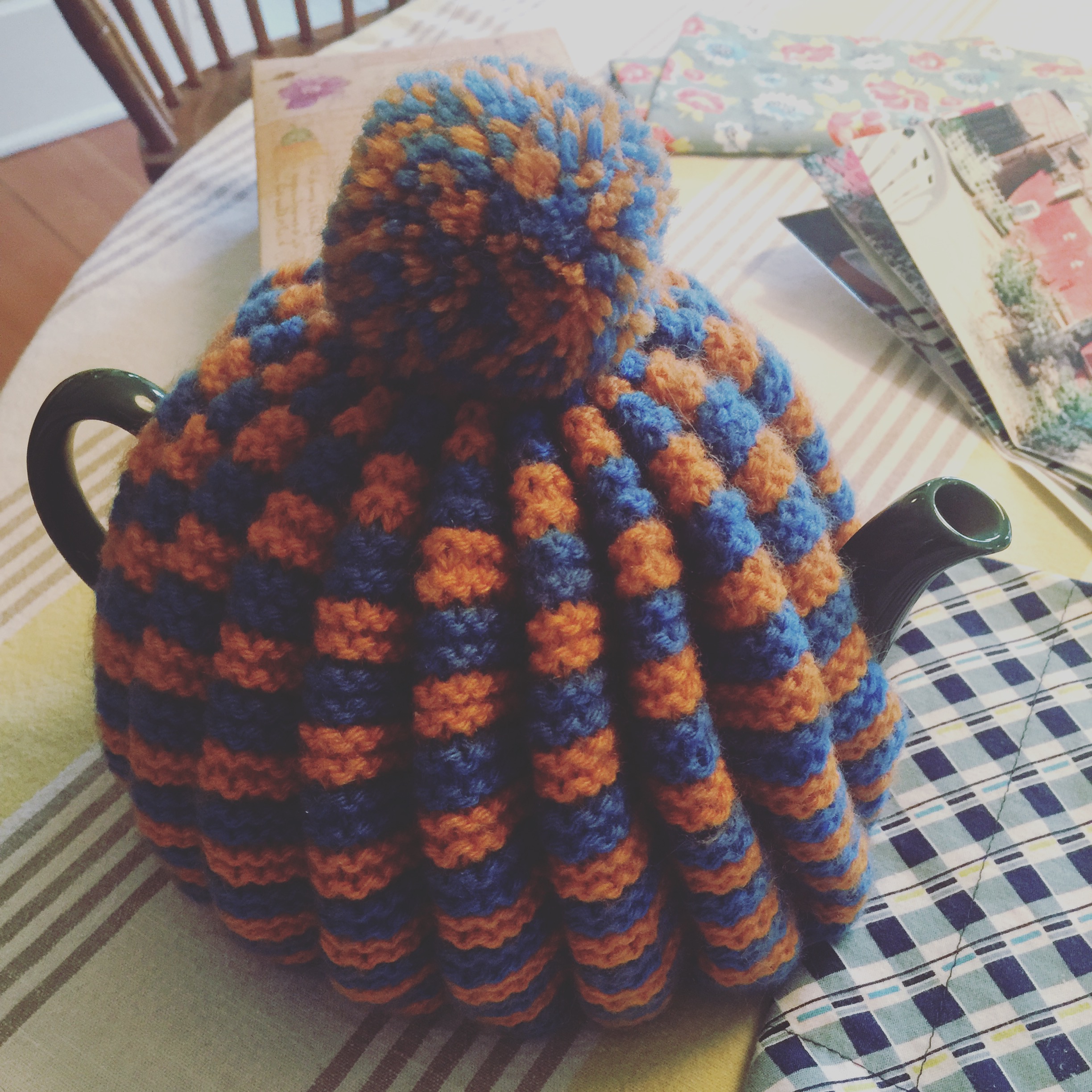Knots, Hope, & You
A dear friend gave Michael and I a book about knots as a wedding gift. It was something that I loved seeing on the shelf but hadn’t taken time to open up and explore until one morning five years ago when I found myself sitting on the floor by the bookshelf and indulged my curiosity.
The introduction stopped me in my tracks:
"Anyone can tie a knot or two...or the 100 (and more) contained in this book. If you cannot, it is merely because you have not yet learned to do so. For knotting is one of those basic skills, like the ability to swim or read a map, that is accessible to all who choose to acquire them and separates self-sufficient and confident folk from the rest."
This passage delighted me. I read it as riotously optimistic about our capacity for learning, and scathing in its critique of our hopeful tendencies. I decided in that moment that hope was lame; that choosing hope was like getting into bed with expectation—a risky bedfellow. Not surprisingly, I also decided that practice was the bomb; the thing that could carry us, by way of repeatedly doing and iterating, through even the most complicated of passages.
My belief about practice has held up, less because of its connection to doing (though that’s still my go-to solution for most things) but more because of the implied repetition which further implies a cultivation of patience and relationship. Practice is inherently not immediate, and I also know that through practice we can encounter ourselves in deep and meaningful ways; it is an ongoing negotiation between our expectations and reality.
Hope, on the other hand, remained at the bottom of the conceptual barrel for me until quite recently when I read an essay by Rebecca Solnit in her small book titled “Hope in the Dark” which was originally published in 2006 and republished in 2015 with minor additions. This is the opening paragraph:
On January 18, 1915, six months into the First World War, as all Europe was convulsed by killing and dying, Virginia Woolf wrote in her journal, “The future is dark, which is on the whole, the best thing the future can be, I think.” Dark, she seems to be saying, as inscrutable, not as in terrible. We often mistake one for the other. Or we transform the future’s unknowability into something certain, the fulfillment of all our dread, the place beyond which there is no way forward. But again and again, far stranger things happen than the end of the world.
Solnit argues that hope is, “…an embrace of the unknown and the unknowable, an alternative to the certainty of both optimists and pessimists. It’s the belief that what we do matters even though how and when it may matter, who and what it may impact, are not things you can know beforehand. You may not, in fact, know them afterward either, but they matter all the same, and history is full of people whose influence was most powerful after they were gone."
After sitting with this, hope has been re-cast in my mind as a critical and sorely misunderstood tool of humanity. It is antithetical to our culture of certainty and prediction to not only embrace uncertainty but to mine it as a source for inspiration as she is suggesting.
Am I about to tell you to celebrate the darkness, to live in the mystery? Yes. (spare me the eye rolling). But I am not advocating for uncertainty alone; we must balance it with practice. If hope represents the sky—impossible to touch or directly experience but through some conceptual understanding of its existence and infiniteness—then practice is the ground—the thing you can touch and trust and know intimately day to day. The place in between or rather the intersection of the two is the place where the growth of something as magnificent as a giant sequoia or a revolution is possible—who could have imagined that?
I talk to a lot of people who are freaked out about changes, proposed or happening, in our country. I think this is a conversation that could benefit tremendously from these principles of hope and practice. If you are feeling twitchy, rage-y or resigned, I share these reflections as a way of inviting you to develop a practice of civic participation for yourself. I don’t care what it is so long as it is something you engage with at regular intervals, something that you can sustain over the long haul (think eternity), and something that you feel connected to.
Maybe that looks like educating yourself.
Maybe it looks like tithing--contributing a set amount at regular intervals to organizations doing work that is meaningful to you.
Maybe it looks like volunteering monthly to repair forest trails, feed the hungry, or teach English and offer warm smiles of welcome and encouragement to recently arrived refugees.
You get to choose the piece of darkness where you'll practice the hopeful art of illumination.



